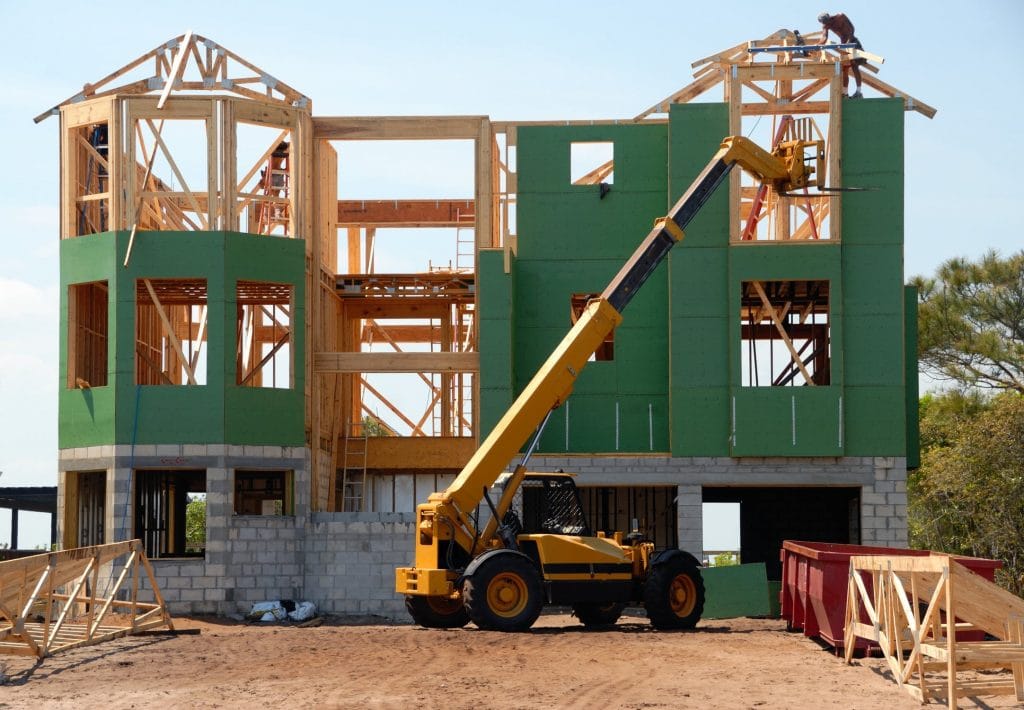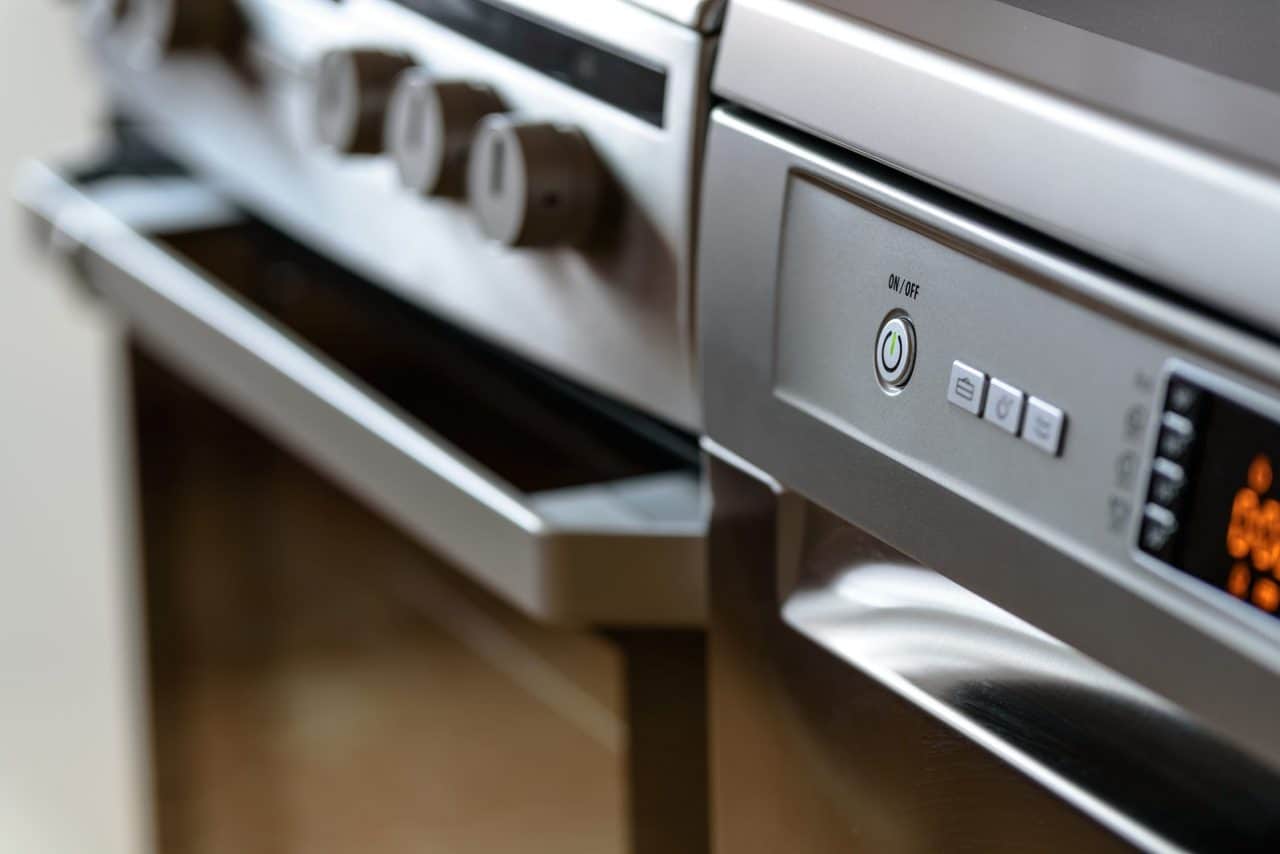If you’ve shopped for a new appliance, home, printer, or computer recently, you’ve likely noticed a little blue sticker on some higher-end products. The Energy Star certification was developed in the early 1990s by the United States Environmental Protection Agency (EPA) to save consumers money and decrease emissions for the environment’s sake.
Sounds great, but sometimes those Energy Star certified products come with a higher price tag. Are these items worth paying more for? Will they have a real impact on your bottom line? Keep reading for your complete guide on what does Energy Star mean and how (and when) it can save you money.
Why Energy Star?
Energy Star’s little blue sticker began showing up on appliances in 1992. It operates under the Clean Air Act and the 2005 Energy Policy Act and today is jointly overseen by the EPA and the US Department of Energy. What does Energy Star mean for you or your business?
For starters, the agency was created as a benchmark or standards organization. It was (and still is) a voluntary program that allows companies to display the Energy Sticker when their product has reached those benchmarks. Energy Star measures the energy and emissions of products that fall under its scope and claims to have saved Americans over $400 billion on energy bills.
These gains are especially laudable considering the entire program is voluntary and, in fact, currently operates on a fiscal budget of less than $50 million. To qualify a product for the Energy Star label, a company must send a pre-production product to one of Energy’s Star labs, where it is tested according to stringent third-party oversight.
The company must also be willing to submit to off-the-shelf testing at any point after its product’s release. What underscores each certification is the product’s ability to meet or exceed benchmarks; typically, Energy Star appliances are 10-20% more efficient than federally compliant products. While this might not result in huge upfront savings, the long-term savings can add up significantly.
Is Energy Star Ending?
President Trump sparked outrage recently by suggesting an end to the Energy Star program altogether. Thankfully, that won’t be the case, though the agency did find its budget nearly halved and might be faced with complete defunding, forcing it to pass fees along to its customers.
In that case, consumers might expect to pay more for Energy Star appliances. Time will tell how the budget issue will play out, but for now, we do have reliable information on how the Energy Star program has benefited buyers.
Long-Term Energy Savings
According to the Lawrence Berkeley National Laboratory, the average family spends just over $2,000 each year on energy costs. The Energy Star website, however, reports significant savings to those families who live in Energy Star certified new homes.
In fact, homeowners who purchase a brand new Energy Star certified home save over 30% on energy costs (about $600 a year)–and since 1995, over 1.7 million such homes have been purchased.
$600 might not sound like a ton of money, especially when you’re comparing it to the sometimes-higher upfront costs of an Energy Star home, however if you consider what you’ll save over the life of the home, and consider the home’s later resale value thanks to the widely-recognized Energy Star certification, it might just be worth it.
An Energy Star Drilldown
What does Energy Star mean for you? On the front end, it should mean financial savings. On the backend, it will mean that you’re reducing your carbon footprint, including your draw on natural resources and your overall emissions.
Here’s a closer look at what the following major purchases might mean for your emissions reductions and your overall savings:

Appliances
If you’re familiar with Energy Star, it’s likely because you’ve seen the certification on a new dishwasher, refrigerator, washing machine, or other appliance. Energy Star’s most recent survey was in 2012; it’s from this survey information that it builds out its standards.
In the last decade, to be awarded the Energy Star label, most new refrigerators needed a 20% energy savings; dishwashers needed a whopping 40% savings over the minimum standard.
We should point out, however, that an Energy Star certified appliance doesn’t automatically mean it is the most energy efficient product available. Most appliances will include an Energy Guide label which will provide estimated outputs based on average use. From there, you can compare your favorite appliances to help you determine whether or not the new item is right for you.
You also have to be careful when considering the average used in the Energy Guide. A high-capacity washing machine, for example, might be Energy Star certified and thus perfect for, say, the average family of four. However, if you’re a single person running just a few small loads a week, a high-capacity washer actually wouldn’t be beneficial–you might even waste energy with this kind of model.
Ultimately, it’s important to think through cost savings as well as expected use to determine if energy savings really apply to you.

New Homes
Energy Star doesn’t just certify appliances; it also certifies new home builds. The goal of the Energy Star Certified Home program is to connect homebuyers with an easy-to-identify energy efficiency model.
The agency understands how confusing and vague energy standards and guidelines can seem, and wanted to create a standard. Now, home buyers can rest assured that a home with a blue star label is more energy efficient than the standards homes being built without the label. Energy Star updates its standards periodically and provides special, regional standards for homes located in the following states:
- Florida
- Guam
- Washington
- Hawaii
- California
- Maryland
- Puerto Rico
- Oregon
- Rhode Island
- Massachusetts
If you’re strictly interested in reducing your footprint and caring for Mother Nature, you should look for the Energy Star label. If your primary concern, however, is financial savings, it’s a bit more complicated.
What does Energy Star mean for a new build? That answer depends on your climate, local savings incentives for energy efficiency, and your builder. How he or she chooses to meet Energy Star standards can vary, and there are some efficiency upgrades that result in big savings and some that don’t.
For example, homes in Main are often built to such a high heat load that homes can be sufficiently heated with baseboard heating–offering huge savings even in the case of the high upfront cost of building the home to such tight tolerances. If you lived in Florida, however, these kinds of tolerances might not make sense–you just don’t even need to turn on your heater!
A good builder will help you walk through the Energy Star certification for your area to determine if it makes sense for you.
Additional Purchases
Even if you’re not purchasing a newly constructed home or a new appliance, you can still benefit from Energy Star savings. Light Bulbs, for example, are an example of a relatively inexpensive product that can provide efficiency savings even if you can’t make a large investment in something like a washing machine.
More unique choices, like roofing tiles, can also add up. If you find yourself in a position to replace your home’s roof, air conditioning, or heating units, make sure to look for the blue label. Even if it’s more expensive, these items tend to be frequently used and can cause savings to pile up on the backend. An extremely efficient roof, for example, might mean you can replace your old, clunky AC unit with a smaller, lighter, more efficient, less expensive version!
It’s Not the Only Way to Save…
Keep in mind, the blue Energy Star label isn’t the only way to save. For example, just turning off lights when you leave the room and unplugging devices that aren’t charging or in use (like your phone all night) can reduce your energy draws.
You can also caulk air leaks or add weather stripping to windows or doors to decrease your home’s energy leaks. Just using blackout curtains during the heat of summer, for example, can drop the temperature in a hot room. All told, these savings could reduce your bill by as much as 20%.
Even using a programmable thermostat can save over $100 a year as it tracks your preferences and helps you keep your home at optimal energy-saving mode without sacrificing comfort.
What does Energy Star mean for you? The bottom line is that there’s nothing magic about the Energy Star certification, but overall, sticking to products with that little blue label means that you’ll save money in the long run while benefiting Mother Nature. That’s a win-win!









